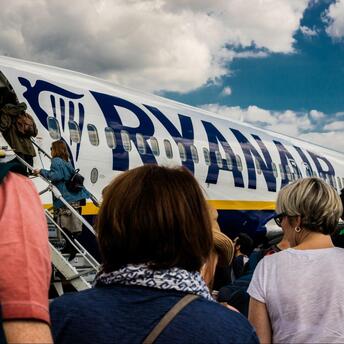EU's New Entry/Exit System Faces Potential Delays, Sparking Concerns Among Travel Agents

The long-awaited implementation of the European Union's Entry/Exit System (EES) is scheduled for this autumn, but uncertainty looms. This system, intended to streamline border checks for third-country travelers, including those from the UK, has sparked confusion and concern across the travel industry. Under the new rules, travelers will need to have their biometric data, including photos and fingerprints, recorded at passport control, replacing the traditional passport stamp.
Despite the announced launch date of October 5, 2024, travel agents and industry experts express skepticism about the readiness and effectiveness of the EES. Many travelers are still unsure about the process and implications of the system, which could lead to significant disruptions.
The EES is designed to enhance security and streamline border control within the EU and the Schengen Area. However, the lack of detailed guidance has left travel agents like Sunvil's chairman, Noel Josephides, reluctant to provide concrete advice to their clients. Concerns about the EES are not unfounded. The potential for significant disruption at these ports is high, and there is still no clear solution in sight.
The impact on ferry and rail travel is a particular concern. For ferry passengers, EES checks will occur during passport control in the UK due to dual British-French borders. This has necessitated significant logistical adjustments at ports like Dover, including the creation of new processing systems to minimize border queues.
On the rail front, Eurostar is investing heavily in expanding its London facilities to accommodate the new system. The company plans to double the number of kiosks and staff at St Pancras station to handle EES data collection.



















